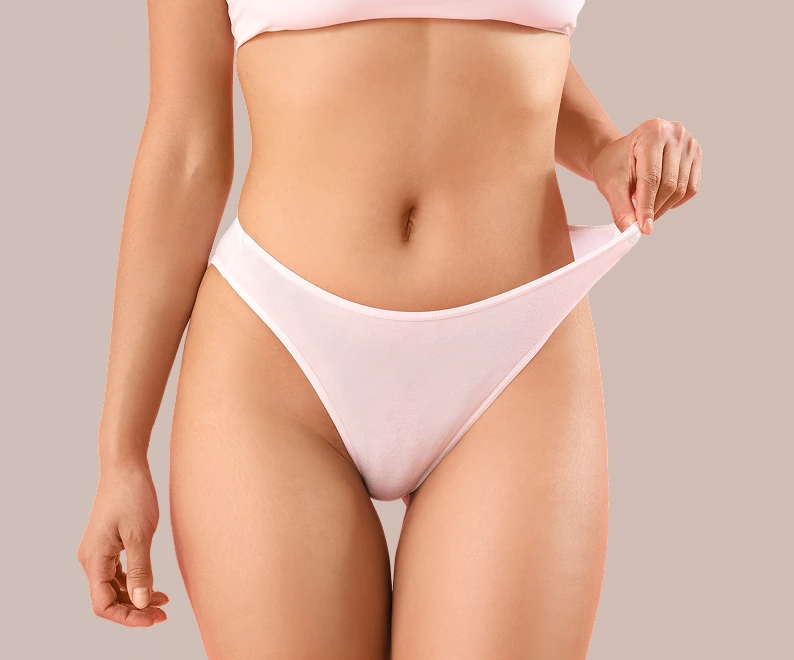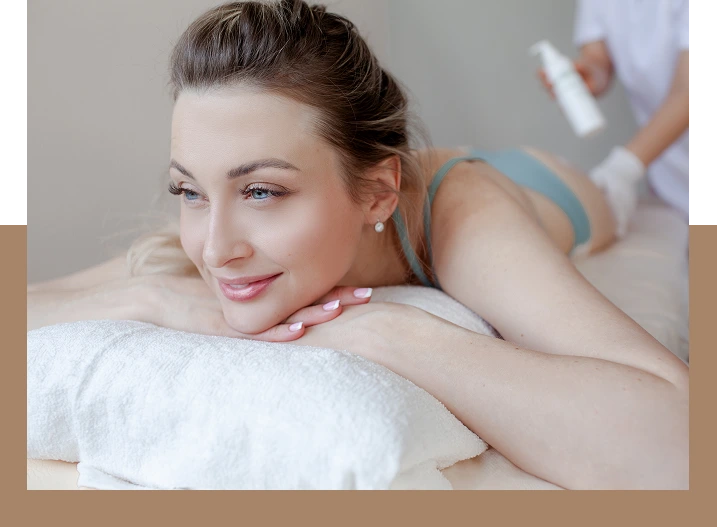Does CoolSculpting Hurt?
Does CoolSculpting Hurt?

Table of Contents

CoolSculpting, medically known as cryolipolysis, is a non-invasive fat reduction procedure that uses controlled cooling to target and eliminate stubborn fat cells. This FDA-approved treatment is widely used for body contouring, helping individuals reduce localized fat deposits resistant to diet and exercise.
The procedure works by freezing fat cells without damaging the surrounding skin or tissues. Once frozen, these cells undergo apoptosis (cell death) and are naturally eliminated through the body’s lymphatic system over several weeks. Popular treatment areas include the abdomen, flanks (love handles), thighs, upper arms, and the submental region (under the chin). Since its introduction, millions of CoolSculpting treatments have been performed worldwide, making it a trusted option for non-surgical fat reduction.
The Science Behind CoolSculpting: How Does It Work?
Which lasts longer?
CoolSculpting relies on the principle of cryolipolysis, a process in which fat cells are more susceptible to cold temperatures than surrounding tissues. By cooling fat cells to approximately 4°C, the treatment induces their crystallization and apoptosis.
What Happens to Fat Cells?
- Freezing Phase – The cooling technology targets fat cells, causing them to freeze.
- Cell Death – Frozen fat cells undergo apoptosis, a natural cell death process.
- Elimination Phase – The body’s lymphatic system processes and expels the dead fat cells over the course of several weeks.
Clinical research has shown that CoolSculpting effectively reduces fat in treated areas without causing significant harm to nerves, muscles, or skin. Over 8 to 12 weeks, patients experience a visible reduction in fat volume.
Why Are Some Areas More Painful Than Others?
Certain areas of the body are more sensitive due to higher nerve density, thinner skin, or frequent movement. Areas with more nerve endings, such as the inner thighs and chin, tend to feel stronger sensations. Thinner skin, like that on the arms and chin, is more reactive to cold and suction. Additionally, regions that are frequently used, such as the abdomen and lower back, may feel more sore post-treatment due to natural body movement.
How to Manage Discomfort During and After CoolSculpting
For those concerned about sensitivity, there are several ways to minimize discomfort. Taking deep breaths and staying relaxed can help during the initial cooling phase, as the most intense sensations occur in the first 5–10 minutes before the area becomes numb. Wearing loose clothing after the procedure can prevent irritation, particularly in areas like the arms or inner thighs.
Staying hydrated is also important, as it helps the body process and eliminate the frozen fat cells more efficiently. If soreness persists, over-the-counter pain relievers such as ibuprofen can be taken to alleviate mild discomfort. Some patients find that gently massaging the treated area helps reduce swelling and speeds up recovery.
The most painful areas for CoolSculpting
CoolSculpting® is generally a well-tolerated procedure, but some treatment areas can be more sensitive than others. The level of discomfort varies from person to person and depends on factors such as nerve density, skin thickness, and fat distribution. While the procedure is not considered painful, certain areas may cause more noticeable sensations during and after treatment.
Inner Thighs
The inner thighs are one of the most sensitive areas for CoolSculpting because the skin is thinner and has more nerve endings. Patients often report sensations of pinching, tingling, or deep aching during the initial cooling phase. After the treatment, some individuals experience temporary numbness or soreness, which can last for several weeks. Due to the natural movement of the legs, mild discomfort may persist when walking or exercising.
Chin (Submental Area)
The chin and neck region is another sensitive area due to its delicate skin and proximity to nerves. Patients frequently describe a strong pulling sensation caused by the suction of the applicator. The post-treatment massage under the chin can also feel particularly intense, as the area is small and more sensitive to pressure. Some individuals experience lingering soreness and mild swelling, making it temporarily uncomfortable to move the neck.
Abdomen & Love Handles (Flanks)
The abdomen and love handles are among the most commonly treated areas, but discomfort can vary. Some patients experience a deep cramping sensation during the first few minutes as the cold penetrates the fat cells. The suction of the applicator may feel tight or pinching, especially on the love handles, where fat tends to be more compact. After treatment, soreness similar to muscle fatigue or bruising can last for several days.
Arms (Upper Arms or Bra Fat Area)
The upper arms are more prone to nerve sensitivity due to their thinner skin. Some patients report aching and tingling during treatment, which can linger after the session. Since the arms are used frequently throughout the day, post-treatment numbness or soreness may be more noticeable than in other areas. Wearing loose-fitting clothing and avoiding excessive arm movement can help minimize discomfort.
Lower Back & Banana Roll (Underneath Buttocks)
The lower back tends to be less painful during the procedure, but post-treatment soreness can be more noticeable when bending or stretching. The banana roll, the small pocket of fat underneath the buttocks, can be uncomfortable to treat because the pressure from sitting afterward may irritate the area. While discomfort in these regions is usually mild, some individuals experience stiffness or tenderness in the days following treatment.
Does CoolSculpting Hurt? Understanding Sensations and Discomfort
Common Sensations During Treatment
Many patients describe CoolSculpting as more uncomfortable than painful. Here’s what to expect:
Stage | Sensations Experienced |
|---|---|
Initial Phase | Cold, tingling, pulling, mild cramping |
Mid-Treatment | Numbness sets in, significantly reducing discomfort |
Post-Treatment | Soreness, mild swelling, bruising, numbness lasting days to weeks |
The intense cold sensation subsides within minutes as numbness takes over. After treatment, some patients feel muscle soreness, similar to post-workout fatigue.
Post-Procedure Sensations: What to Expect After CoolSculpting
Short-Term Side Effects
Immediately after CoolSculpting, patients may notice:
- Redness, swelling, or bruising
- Tenderness or sensitivity
- Temporary numbness
- Mild itching or tingling
These effects are mild and typically subside within days to weeks.
Long-Term Recovery
- Swelling and redness – Usually resolve within a few days.
- Numbness – Can persist for a few weeks but gradually fades.
- TBruising – Some individuals may experience mild bruising, which generally disappears within a week.
Most patients can return to normal activities immediately, though some prefer to rest for a day or two.
Managing Discomfort During and After Treatment
Pre-Treatment Tips
- Wear loose, comfortable clothing.
- Avoid caffeine and alcohol before the session.
During Treatment
- Engage in a relaxing activity like listening to music or reading.
- Stay calm and practice deep breathing if discomfort arises.
Post-Treatment Care
- Massage the treated area to help break down frozen fat cells.
- Stay hydrated to support the body’s fat elimination process.
- Take over-the-counter pain relievers if needed.
- Use warm compresses if numbness lingers.
Conclusion: Making an Informed Decision
CoolSculpting is a non-invasive fat reduction procedure with minimal downtime, making it a popular choice for individuals looking to contour their bodies without surgery. While discomfort may occur during and after the procedure, it is usually mild and temporary, with most patients describing the sensations as tolerable. The initial cooling sensation, suction, and post-treatment numbness are common but manageable, and any residual soreness typically fades within a few weeks. Understanding what to expect before, during, and after treatment can help patients make informed decisions about whether CoolSculpting is the right option for their body goals. By being prepared for the potential sensations and side effects, individuals can approach the procedure with confidence and realistic expectations. Additionally, choosing a qualified provider who can tailor the treatment to specific needs will ensure a smoother and more comfortable experience.
